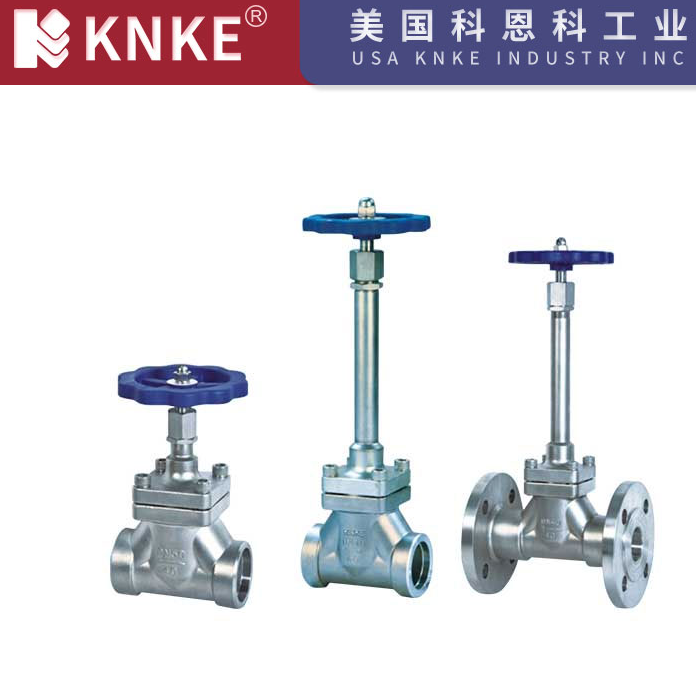Analysis of Valve Usage by Application
Valves play a crucial role in fluid control across various industrial systems. With the development of different industries and technological advancements, the types of valves and their applications have become increasingly diverse. This article analyzes the usage ratios of different types of valves across various sectors and their significance within each industry.

1. Urban Gas Valves
Urban gas constitutes about 22% of the entire natural gas market. There are a wide variety of valves used in this sector, with ball valves, plug valves, pressure-reducing valves, and safety valves being the most common types. Ball valves are widely used in gas networks due to their excellent flow control and pressure resistance, while plug valves are primarily used for cutting off or regulating gas flow. Pressure-reducing valves control the gas pressure, ensuring safe gas supply.
2. Urban Heating Valves
In urban heating systems, valves not only control the flow of fluids but also contribute to energy conservation and thermal balance. The most commonly used valves in this sector include metal-seated butterfly valves, balancing valves, and direct-buried ball valves. Metal-seated butterfly valves effectively handle pressure changes in the system, while balancing valves are used to adjust the hydraulic balance of pipelines, ensuring uniform heat distribution.
3. Urban Construction Valves
In urban construction systems, the focus is primarily on low-pressure valves, with a growing emphasis on environmental protection and energy-saving solutions. Eco-friendly rubber-sealed valves, balancing valves, mid-line butterfly valves, and metal-seated butterfly valves are gradually replacing low-pressure cast iron gate valves. These newer valves improve system efficiency while reducing energy consumption and environmental impact.
4. Environmental Protection Valves
In environmental protection systems, especially in water supply and wastewater treatment, valves play a key role in maintaining system stability and safety. The water supply systems typically use mid-line butterfly valves, soft-seal gate valves, ball valves, and air release valves. Wastewater treatment systems primarily rely on soft-seal gate valves and butterfly valves, ensuring efficient flow control and system reliability.
5. Long-Distance Pipeline Valves
Long-distance pipelines primarily transport crude oil, refined oil, and natural gas. These pipelines require a significant number of valves, including forged steel three-piece full-port ball valves, sulfur-resistant gate valves, check valves, and safety valves. Ball valves and check valves are crucial for ensuring safe and efficient operation of pipelines by preventing backflow and excessive pressure.
6. Petrochemical Plant Valves
Petrochemical plants use a wide variety of valves across different units, such as refining equipment, synthetic fiber equipment, acrylonitrile plants, ammonia plants, and ethylene plants. In refining equipment, gate valves account for about 80% of the total valve usage, primarily used for cutting off and regulating fluid flow. Other valves like ball valves, globe valves, and check valves also play vital roles in various processes.
7. Power Plant Valves
With the large-scale development of power plants in China, the demand for valves has been increasing. Power plants mainly use large-diameter, high-pressure safety valves, pressure-reducing valves, globe valves, gate valves, butterfly valves, emergency shut-off valves, flow control valves, and ball-sealing instruments. These valves ensure the safe operation of power plant equipment, especially under high-pressure and high-temperature conditions.
8. Metallurgical Valves
The metallurgical industry requires valves for various processes, particularly in the production of alumina and steel. Wear-resistant slurry valves, metal-seated ball valves, butterfly valves, and oxidation ball valves are commonly used. Gate valves and four-way valves are essential in steel production, providing robust solutions for high-temperature, high-pressure environments.
9. Offshore Platform Valves
With the growth of offshore oilfield development, the demand for valves on offshore platforms has also increased. Offshore platforms typically require check valves and multi-way valves to ensure the safe and efficient transportation and control of oil and gas.
10. Food and Pharmaceutical Valves
In the food and pharmaceutical industries, valves need to meet strict hygiene and safety standards, as well as be easy to clean and non-toxic. The industry primarily uses stainless steel ball valves, non-toxic full-plastic ball valves, and butterfly valves. These valves help ensure the purity and safety of the fluids being transported, in compliance with industry regulations.
Conclusion
In conclusion, the demand for valves varies across different industries based on fluid control needs and environmental conditions. Valves such as ball valves, gate valves, butterfly valves, and globe valves play essential roles in various systems. As technology advances, the introduction of new eco-friendly and intelligent valves is becoming a growing trend in the industry. The continuous innovation in the valve sector will drive more efficient, energy-saving, and environmentally friendly development across various fields.
